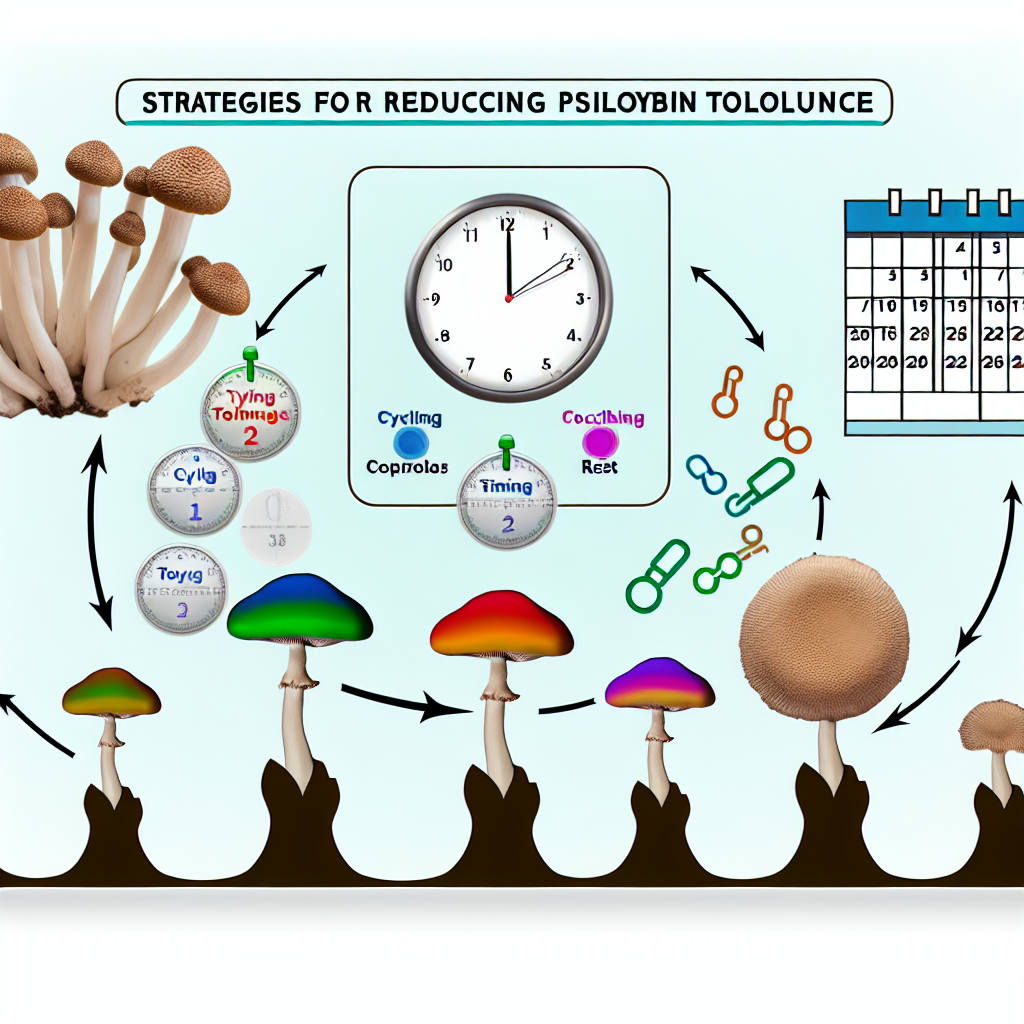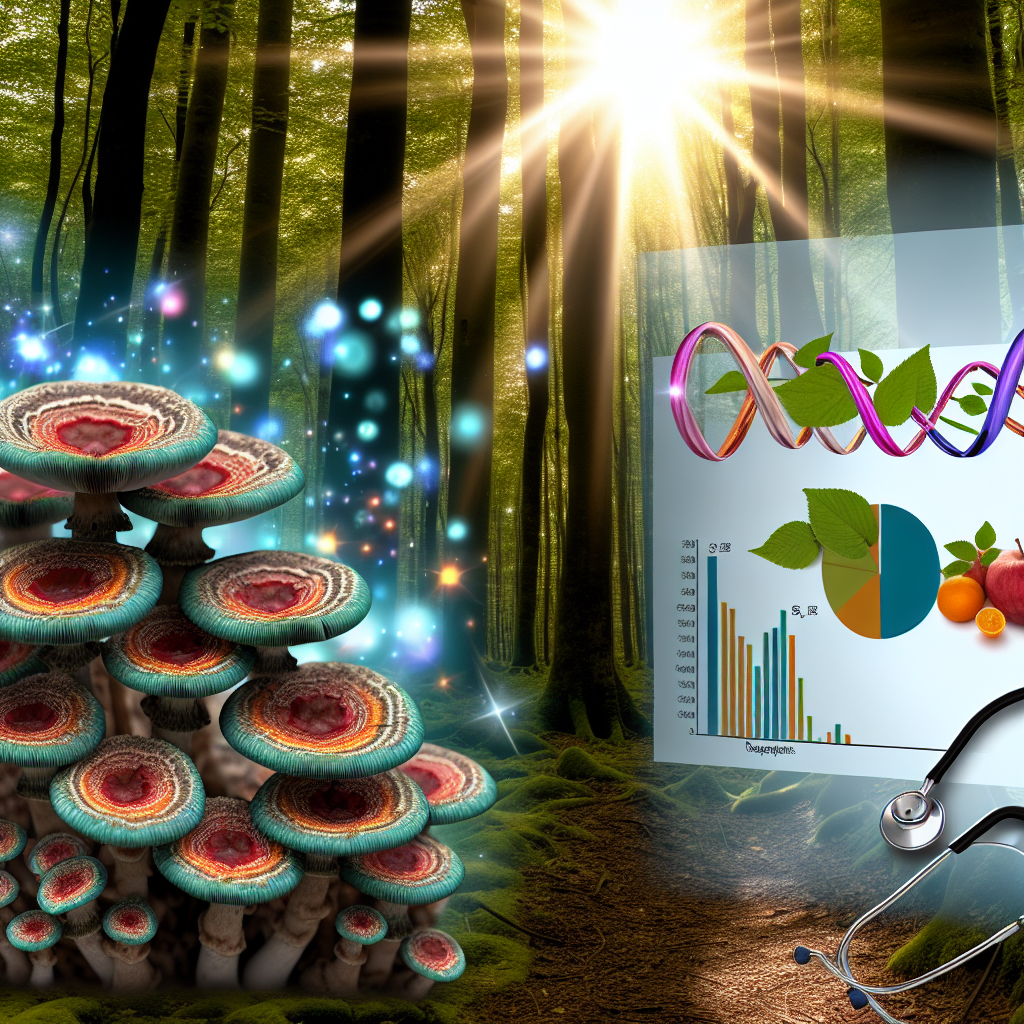Psilocybin Tolerance Reduction Strategies: Cycling and Reset Protocols
Introduction
As psilocybin moves from the fringes of alternative therapies into mainstream attention, interest is rising in how to use this powerful compound both safely and effectively for mental health and personal development. Found naturally in so-called magic mushrooms, psilocybin has shown substantial promise in clinical studies for treating conditions such as depression, PTSD, addiction, and anxiety.
However, like many psychoactive substances, regular use can quickly build a strong psilocybin tolerance, weakening its effects. Often after just one session, a user may find that subsequent experiences—especially with higher doses—are significantly less potent for several days. That decrease poses challenges for individuals in therapy programs or following microdosing protocols where consistency is important.
Fortunately, experts and the psychedelic therapy community recommend several strategies to manage and reduce psilocybin tolerance. These include structured cycling schedules and reset protocols that help the brain regain its sensitivity to the substance.
Cycling refers to intermittent microdosing, utilizing methods such as the Fadiman Protocol (one day on, two days off) or the Stamets Stack (four days on, three days off). These intentionally spaced usage patterns help avoid receptor fatigue. In contrast, reset protocols are longer periods of abstinence used after full-dose or “heroic” sessions, allowing brain chemistry to return to baseline, often over 1–4 weeks depending on dosage and frequency.
Understanding these tools—how psilocybin affects serotonin receptors, the timeline for tolerance reversal, and the role of protocol design—is crucial for keeping your experience both safe and therapeutic. Whether you’re in a clinical setting or on a personal healing journey, managing your tolerance through smart protocols ensures that each session delivers maximum benefits.
Scientific Backing and Clinical Insights
Psilocybin tolerance stems from its interaction with the 5-HT2A receptors in the brain—key receptors in the serotonin system. When stimulated too often, these receptors quickly downregulate, becoming less responsive to psilocybin’s effects. A study published in Biological Psychiatry (2012) confirms that repeated use of serotonergic psychedelics significantly desensitizes these sites, meaning a higher dose may not produce a stronger effect.
Furthermore, evidence from Johns Hopkins University, a pioneer in psychedelic science, reinforces the idea that even with just 24 hours between doses, most users experience dramatically reduced effects. Clinical experts suggest waiting at least one week between medium to high doses to support full receptor recovery.
Microdosing Approaches: Timing Matters
Microdosing—taking sub-perceptual doses of psilocybin a few times a week—has emerged as a popular tool for cognitive performance, emotional balance, and even creativity. Two widely used strategies help manage tolerance:
– Fadiman Protocol: Developed by psychologist James Fadiman, this protocol recommends dosing every third day (one day on, two days off) to give receptors time to reset. This spacing avoids daily exposure while maintaining cognitive and emotional benefits.
– Stamets Stack: Proposed by Paul Stamets, this method combines psilocybin with lion’s mane mushroom and niacin. Taken four days on, three off, it aims to promote neuroplasticity while minimizing receptor fatigue.
Animal studies discussed in the Journal of Pharmacology and Experimental Therapeutics have further indicated that frequent exposure to psychedelics leads to receptor internalization—in which the brain effectively hides 5-HT2A receptors, making them less accessible to psilocybin.
The Role of Reset Protocols
Reset protocols serve as critical tools for anyone using larger doses or integrating deep therapeutic journeys. The goal is to give your neurochemistry ample time to return to equilibrium while honoring the emotional or spiritual insights gained.
Most integrative therapists recommend waiting between 2–4 weeks after a high-dose session. This abstinence period:
– Helps restore full receptor sensitivity
– Allows for emotional and cognitive integration of the experience
– Decreases the likelihood of diminished returns and side effects
Furthermore, supportive activities during a tolerance reset—such as meditation, fasting, or the use of adaptogenic herbs like Rhodiola rosea or ashwagandha—may promote accelerated neurochemical recovery.
Conclusion
Structured cycling and reset strategies represent essential tools for anyone interacting with psilocybin—clinically, spiritually, or for self-growth. By understanding how to manage receptor tolerance through time-tested protocols like those of Fadiman and Stamets, users can optimize psilocybin’s benefits without overdosing the brain’s serotonin system.
These strategies support long-term healing, promote receptor health, and ensure better emotional and cognitive outcomes. As interest continues to surge in therapeutic psychedelics, practicing intentional use and responsible scheduling will be key to sustaining the full potential of this powerful natural medicine.
References
1. Hanks JB, González-Maeso J. (2012). Animal models of serotonergic psychedelics. Biological Psychiatry.
2. Johnson MW et al. (2014). Pilot Study of the 5-HT2A receptor and psilocybin-induced mystical experiences. Johns Hopkins Center for Psychedelic and Consciousness Research.
3. Appel JB, West WB. (1980). Tolerance to psychedelics: role of the 5-HT2A receptor. Journal of Pharmacology and Experimental Therapeutics.
4. Fadiman, J. (2011). The Psychedelic Explorer’s Guide: Safe, Therapeutic, and Sacred Journeys.
5. Stamets, P. (2017). Microdosing and the “Stamets Stack”.
For additional guides and protocol resources, visit ShroomFan.
Concise Summary
Psilocybin tolerance builds quickly due to its action on serotonin 5-HT2A receptors, reducing its efficacy when used repeatedly. To combat this, users can follow structured microdosing cycles such as the Fadiman Protocol or Stamets Stack and implement reset protocols after higher doses. These strategies give receptors time to recover and preserve the compound’s therapeutic benefits. Research and clinical evidence advocate spacing between doses, typically a week for macro levels or a few days for microdosing. Complementary practices like meditation and adaptogens may support recovery and integration, enhancing the long-term efficacy and psychological benefits of psilocybin use.

Dominic E. is a passionate filmmaker navigating the exciting intersection of art and science. By day, he delves into the complexities of the human body as a full-time medical writer, meticulously translating intricate medical concepts into accessible and engaging narratives. By night, he explores the boundless realm of cinematic storytelling, crafting narratives that evoke emotion and challenge perspectives. Film Student and Full-time Medical Writer for ContentVendor.com




